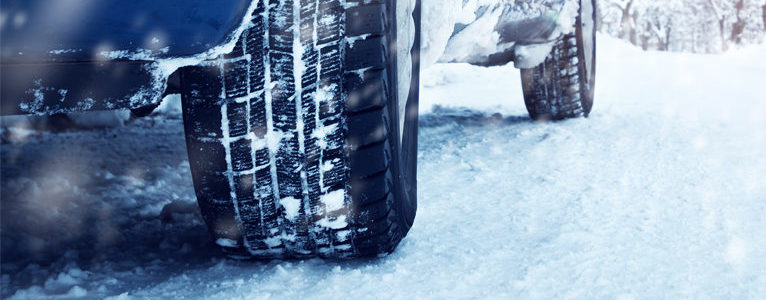How does snow form?
In the play “The King & I,” Anna Leonowens, a British tutor hired by King Mongkut of Siam to be his children’s schoolteacher, participates in the following conversation as she is conducting class:
Crown Prince Chulalongkorn: “Snow? Snow? Spots of lace?”
Anna: “Yes, Your Highness.”
Crown Prince Chulalongkorn: “The water freezes on the way down from the sky? And the raindrops turn into little stars?”
Anna: “Yes, Your Highness. Some are shaped like stars, small and white.”
Crown Prince Chulalongkorn: “I do not believe such thing as snow!”
Here in Eagle Mountain, we believe in this phenomenon called snow. It is welcomed by children, winter sports enthusiasts and all who love the beauty of winter.
On the other hand, it can mean shoveling sidewalks and driveways, and often brings traffic problems.
Blizzards can bring life to an abrupt stop and cause loss of life and property. But do we know the how’s and why’s of this thing called snow?
Water Droplet Formation
Clouds form when water vapor turns back into liquid water through condensation. Think of dew forming on grass. For condensation to occur, a solid particle or surface is necessary. Water droplets in the cooling air mass condense around tiny particles in the atmosphere, such as soot, pollen, dust or dirt.
Basic conditions
Winter snowstorm conditions arise when a mass of warm, moist air rises from the Earth’s surface into colder layers of the atmosphere.
Several scenarios can take place: A warm, moist air mass can collide with a cold air mass, forcing the warm air above the cold air. Warm air can also cool by traveling up a mountain slope. A third process is called ‘lake-effect snow,’ and occurs when cold, dry air moves over a lake and pushes warmer water vapor upward. The rising warmer air that contains water vapor forms a cloud.
Snow crystal formation
As the cloud containing water droplets rises into higher, cooler layers of the atmosphere, or as cooler air moves in to lower the temperature, water droplets freeze into ice and snow crystals.
Snow formation has a lot in common with rain formation and starts with these water droplets. These freeze into different forms of snow crystals depending on the temperature and atmospheric conditions.
According to Sciencing, upper atmosphere temperatures where water droplets occur need to be cold for crystal formation. Ice crystals start to form once cloud temperatures reach about 14° Fahrenheit or lower.
Individual snow crystals grow by colliding with each other to form larger, symmetrical snow crystals, which fall when they become heavy. Air that is between 32° to 35° Fahrenheit usually brings the heaviest snowfalls.
Crystals change their shape as they fall depending on the temperatures they encounter, but they always keep a six-sided shape with identical arms because each arm encounters the same conditions. Ground temperature is also important to snow formation, with snow forming only when the ground is below 41° Fahrenheit.
Variations in snow crystals
Sciencing further explains the snow crystal shapes depend on temperatures. From 32° to 25° Fahrenheit, thin hexagonal plates form. Needles form from 25° to 21° Fahrenheit, and hollow columns form at 21° to 14° Fahrenheit.
Stellar plates resembling six-petaled flowers result when temperatures range from 14° to 10° Fahrenheit. Familiar six-armed dendrites occur from 10° to 3° Fahrenheit. Many snow crystals can group together to form one snowflake. Most snowflakes are 1.3 cm or less in diameter (0.5”), but some large flakes can be 5 cm (2”) wide.

Snowflake types and the conditions in which snowflakes form.
Snow and sound
People often notice how sound changes after a fresh snowfall. When the ground has a thick layer of fresh, fluffy snow, sound waves are readily absorbed into the snow surface, dampening sound.
Time and weather conditions may change the snow surface. If the surface melts and refreezes, the snow becomes smooth and hard. Then the surface will help reflect sound waves. Sounds may seem clearer and travel farther under these circumstances.
Snow may also crunch and squeak. A layer of snow is made up of many tiny ice grains surrounded by air, and when it is walked on, these grains are compressed.
As the snow compresses, the ice grains rub against each other. This creates friction or resistance, the lower the temperature, the greater the friction between the grains of ice. The sudden squashing of the snow at lower temperatures produces the familiar squeaking sound. The colder the snow, the louder the squeak.
Graupel
Graupel consists of snowflakes that become rounded, opaque pellets ranging from 2 to 5 millimeters (0.1 to 0.2”) in diameter. They form as ice crystals fall through supercooled cloud droplets, which are below freezing but remain a liquid.
The cloud droplets then freeze to the crystals, forming a lumpy mass. Graupel is sometimes mistaken for hail but tends to have a texture that is softer and more crumbly, similar to tiny Styrofoam pellets. Graupel is sometimes called snow pellets.
To learn more about the phenomenon of snow you may visit the National Snow and Ice Data Center.


